Wondering when to pick banana peppers? That's exactly what you're going to learn here today.
Banana pepper is a trendy plant due to its use in various food dishes, which makes it commercial enough to be grown on a large scale. Banana peppers got its popular name because it resembles actual bananas.
Gardeners and farmers who have little or no experience in planting banana peppers might lack basic knowledge on the cultivation procedures, such as:
- When to pick sweet banana peppers
- When to harvest banana peppers
- When banana peppers are ready to pick
- Etc.
In today's article, we're going to teach you everything you need to know about how to pick banana peppers and its cultivation process.
But first, what are banana peppers?
Table of Contents
What are Banana Peppers?
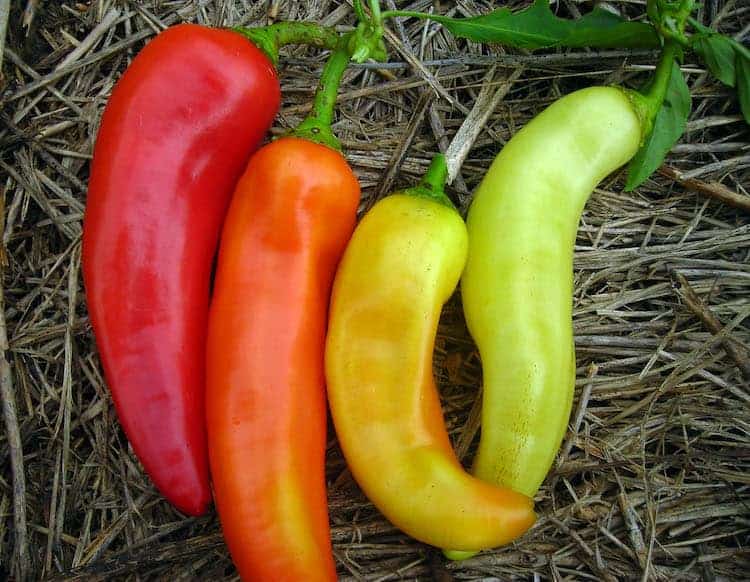
Banana pepper is a specie of pepper that is also referred to as the "yellow wax pepper" or "banana chili." Banana pepper is a member of the chili pepper family.
They are physically characterized by being yellowish in color, having a mild-tangy taste, and sometimes sweet.
Their yellowish color and shape have got a striking resemblance to a banana when they are ripe, and that is one of the main reasons they are called banana peppers.
The bright yellowish color that they possess may change to green, red, orange as they mature. Banana peppers flavor is known to be hotter as it ripens, with the ripest being sweeter than the younger ones.
Note that banana peppers come out either sweet or hot. Varieties of banana peppers include:
- Early Sweet Banana
- Hungarian Yellow Wax
- Sweet Banana
- Sweet Hungarian
- Long Sweet Yellow
What Are Banana Peppers Used For?
If you are wondering what to do with Banana peppers, well, they can be pickled, stuffed, or used as a raw ingredient in various food dishes.
Pickled banana peppers are typically sold, sliced, and used to garnish various cuisines and salads.
Aside from that, banana pepper is also an excellent source of vitamin A and vitamin C when eaten.
Read Also: How To Plant Spinach In Pots
When to Plant Banana Peppers
Since the cultivation process of banana peppers is best started indoors, the best planting dates are between the last week of January and the last week of February. Or better still, 8-10 weeks before the last spring frost date of your particular location.
Then you can later transplant them to an outdoor ground when the soil is warmer. However, if you are in a warmer weather zone, then there will be no need for you to do any transplanting. You can just start by planting outdoors.
Where to Grow Banana Peppers
Banana peppers, like any other pepper spice (Capsicum annuum), are a warm-weather crop, and growing them requires plenty of suns, warm soil, and a long growing season.
So, talking about where banana peppers should be planted outdoors, you can plant them in sites that are well exposed to the sun, where the temperature is about 75 degrees Fahrenheit in the daytime and no lower than 60 degrees Fahrenheit at night.
It's also advisable to choose a site that possesses a well-prepared fertile soil. Banana peppers can actually thrive in any type of garden soils as long as they contain organic matter, and that is rich in nitrogen.
How To Plant Banana Peppers
Before you know when to harvest banana peppers, you need first to understand how to plant them. Banana peppers can be planted from seeds and cuttings.
A mature banana pepper plant can grow up to 2 feet tall and can be grown in various climates but thrive better in warmer climates, as stated earlier.
Banana peppers need tropical soils to germinate, so it is better to start your planting indoors for about 40-60 days before transplanting them if you live in a region with colder climate conditions.
After indoor planting, when the soil is consistently 60 degrees Fahrenheit or more, then you can transplant your banana pepper into a well-prepared planting bed.
If you live in warmer regions, you can start your planting outdoors.
To do that, begin by tilling the soil of the chosen site, prepare the soil by getting rid of unwanted elements like stones, weeds, dead roots, and so on, and adding fertilizer or organic manure to improve the quality of the soil.
After preparing the soil to create planting beds and make planting holes in them, space out the planting holes about 2 feet apart in rows. Sow seeds in planting holes and cover with soil, then add water.
Continue to water it regularly until it germinates.
Read Also: Mulching Around Trees And Shrubs
When To Pick Banana Peppers
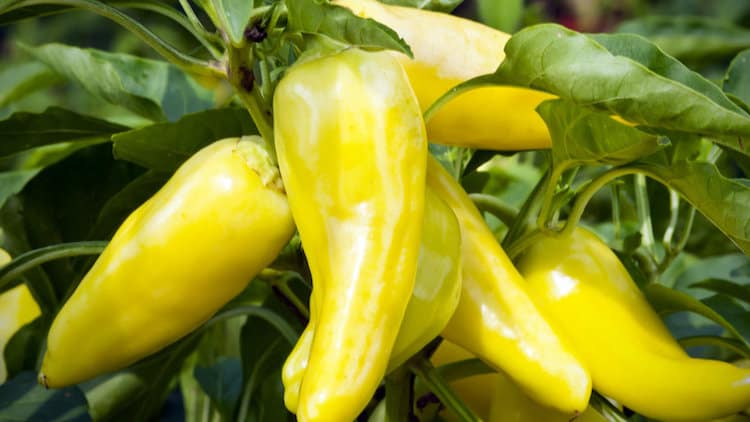
Now that you already know when and where to grow banana peppers as well as how to plant them, let's now talk about when to harvest banana peppers.
So, when are banana peppers ready to pick?
Well, the best time to harvest banana peppers is when they are full-sized and have firm skins.
You can take them off the plant when they are yellow or wait until they ripen the more to deep orange or red color.
Ensure that you don't pick banana peppers with soft spots in or on the skins, or pepper with rotting signs, even if you do, separate them from the neater looking ones. This is because putting them together can cause all of your harvests to rot.
Freshly picked banana peppers can last up to 3 weeks at most if stored properly. Store in a cool, dark location or better still, put them into a plastic bag and keep them in your refrigerator.
You might also be wondering when to pick sweet banana peppers.
As mentioned above, there are several varieties of banana pepper, as their fruits are found in either sweet or hot pepper varieties and are harvested when yellow, red, and orange.
The earlier you harvest your banana peppers, the hotter they are, but when you harvest them a bit more later, you get a sweeter flavor of banana peppers. Also, you should expect sweet banana peppers to have a tangy flavor If they are cross-pollinated.
What to Do with Banana Peppers
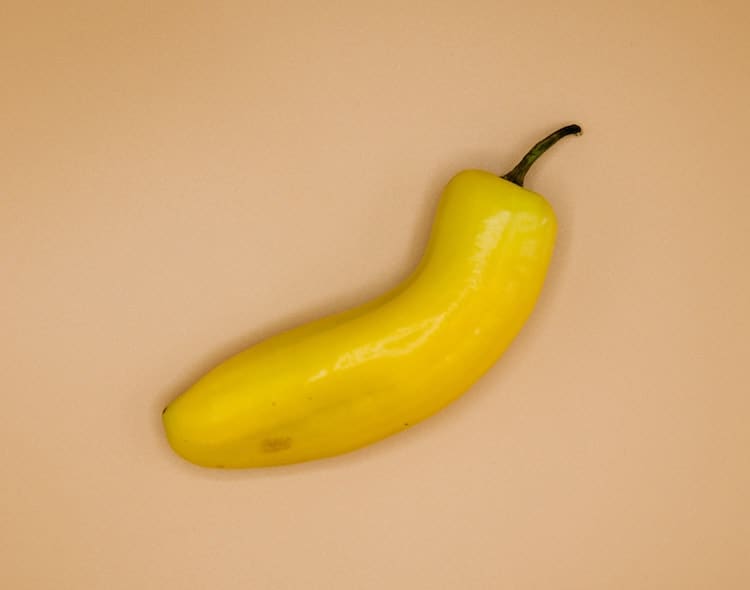
If you are wondering what to do with banana peppers, well Banana peppers are commonly pickled. Banana peppers can be used in anything that has to do with cooking.
You can roast them, fry them, boil them and use them to dress some food delicacies like pizza, vegetable salads, vegan cuisines, and so on.
Banana peppers are delicious when used in sauces and soups; they can also be eaten raw when sliced into salads and sandwiches.
Tips on growing banana peppers for maximum yield
- Ensure that you keep the soil where banana peppers are planted consistently moist.
- Cover the planting beds with mulch after transplanting in order to retain soil moisture and to keep weeds from sprouting.
- Spray your plants with a solution of Epsom salts and water periodically if your soil is magnesium deficient.
- When fertilizing your banana peppers, use the side dressing method. Side dressing is the application of fertilizer to the soil around the plant.
- It is best if you plant your pepper seedlings indoors first, then you gradually expose them to outdoor planting conditions by transplanting. This process helps to improve seed productivity.
- Plant sweet and hot banana pepper varieties as far away from one another as possible to avoid cross-pollination.
Conclusion
There you have it all, so if you've been wondering when to pick banana peppers, I hope we've been able to address that here.
As you can see, the process of growing, caring for, and picking banana peppers are effortless and requires no specialized skill.
Therefore, follow the steps outlined here and grow your own sweet banana peppers at home. However, if you still have any questions regarding how to harvest banana peppers, do let us know via the comment section.

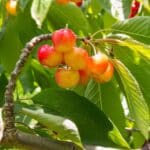

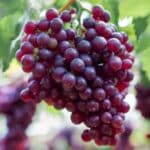
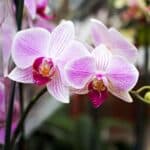
Leave a Reply